Grow Your Own Citrus Plant in Pots in Your Own Backyard or Veranda and Even Indoors in Cold Countries
Are you seeing a lot of mandarins and a whole lotta' citrus in the market and the groceries these days? That's because like the chestnuts and walnuts they are also in season.
One wise man once said, "Eat whatever fruit is in season." When I first heard that, I hid it because it just makes so much sense. Everything our body needs to keep fit has been well provided by fruits that are in seasons. I don't think its a coincidence that watermelon and all other melons, pineapples and everything juicy abound in summer - just when we would really need to hydrate. In autumn, we get to sniffle a lot and fruits that are rich in vitamin C like citrus help fight cold and boost the immune system.
Mandarins and all other citruses are very rich in vitamin C and they abound in autumn out here. When we went to Spain we drove through a whole lot of orange plants and mandarin fields. Mandarin is originally from my country - the Philippines and other countries in South East Asia but most of the mandarins - organic and not that we're getting in here are either from Spain or China .
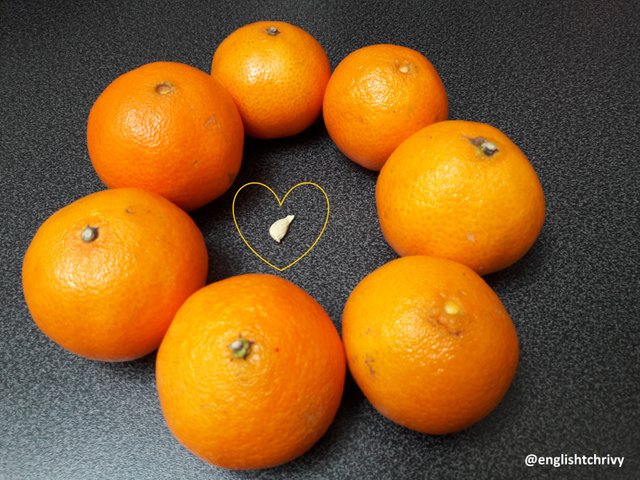
Some years ago, I've managed to grow 12 mandarin plants and 12 orange plants from seeds. Here are a few of them in the strawberry green house.

Not every mandarin nor oranges have seeds but because I wasn't as well versed as I am now in Dutch before, I accidentally bought oranges that were actually meant for juicing. In the Philippines, we just eat both oranges for juicing and that which is for snacking - seedless ones. We don't know that one is meant to be used only for juicing - for us they all look the same - just oranges.
Hub told me then that I actually bought one pack for juicing and I thought - that explained why it was so hard to peel. They're both oranges the only difference is that the other one is smaller than the other so they juice it. The big ones - for snacking are mostly from Europe and have less seed while the other is mostly either from Brazil and have plenty of seeds. Anyway, there's this saying that goes "Eat Local." and being a citrus lover, the only way I could turn that into a reality is to grow my own orange and mandarin plants. And so I gave many people reasons to laugh. It's a weird idea to grow tropical plants here.
However, when I went to a Spring festival in Elden - a place near the organic public garden I've joined in, I saw 7 organic oranges growing in pots there and fruiting. I asked the owner how long it took them to fruit and why he was selling them then. He said, they are moving to an apartment flat and since they don't have much space for those trees he's managed to grow in pots, he's selling them with much pain in his heart. I felt sorry for him but I didn't buy any of those plants as we went there by bike. I wouldn't be able to bring a 30 x 30cm pot with a taller orange plant than I am on my bike back home.
Every week after that I've bought oranges hoping to score seeds but most of those I bought didn't have any or they were too thin to grow. Thin seeds normally means empty. I hadn't had any luck till my 2nd autumn here. I came to Holland in autumn and during those months I just went around travelling with hub. I only got lucky to find not just orange seeds but also mandarin seeds in my second autumn of being here. I have really decided growing my own for another reason - organic fruits and vegetables or anything organic is pretty pricey here but it's understandable. It is more expensive to get sick from eating pesticide sprayed fruit and vegetables.
Year after year, I eat whatever fruit is in season. My fruit basket is always filled with banana all throughout the year and whatever fruits are in season. Last week, I hoarded kilos of mandarins since it was on sale and had bumped into getting a seed. Yes, one seed - healthy - not empty. And so I thought, I should share this in case - you, too would want to give it a try and grow your own citrus plants.

THERE ARE TWO WAYS YOU COULD GROW THOSE SEEDS:
A. GROW THEM NOW, RIGHT AFTER FINDING THEM. If you happen to be eating mandarin or oranges or grapefruits or using a lemon or lime and found seeds in them, planting them right away guarantees germination.
JUST FOLLOW THESE SIMPLE STEPS:
Sink your nail on the pointed tip of the citrus seed. Citrus seed have the same shape, they just differ in sizes.
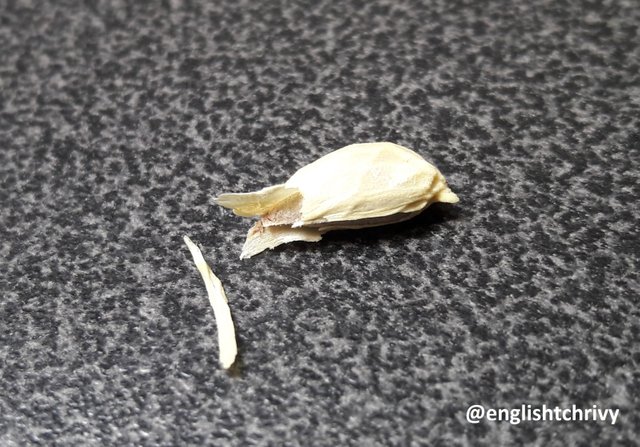
Carefully peel the thin seed coat of the seed and make sure your nails don't scratch or bruise the seed.
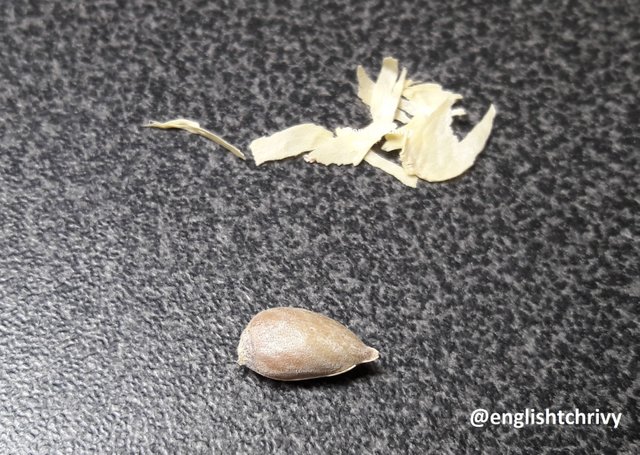
Place the seed with its pointed tip facing upward in a small pot filled with loam soil.
Use a small pot since you're going to repot it later in late Spring when there's no more chances of freezing.
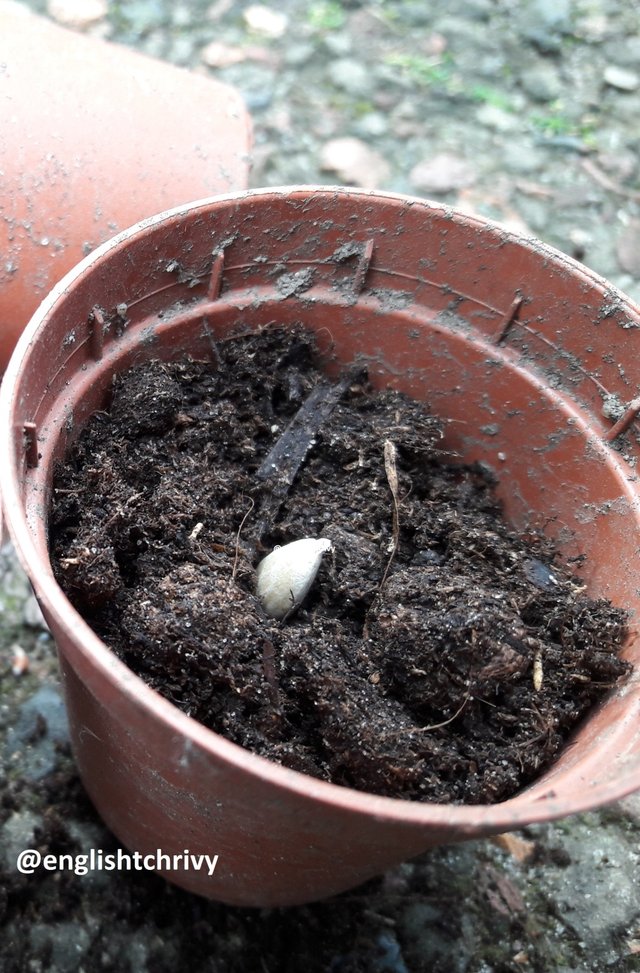
Cover with more loam soil.
Give it a good soak and let it air out a bit.
Top the loam soil with sand. This is to keep eggs of flies that are possibly just waiting to hatch in the loam soil - from hatching.
Place near where your heating is and where there is ample light.
Water twice a week or check whether the sand is too dry and make sure to give an ample water.
The soil should be kept moist all the time so to avoid getting dampness in your house water the pot elsewhere and place it back on the sill above your heating only when it has aired out. I normally just watered each twice a week.
It'll just take 2 weeks for an orange seed to germinate. Tangerines and mandarins, too.
Water the baby citrus plant twice a week while indoors.
Transfer in a much bigger pot when ready.</`strong> This is a grapefruit I've grown in late Spring this year. I've grown it in one of those small pots and look at how easy it is re-potting it in a larger pot without damaging any roots.
Just gave it a drink first, squeeze the pot gently as if you're letting a jell- o out of a plastic container and - the plant automatically pops out. Gently let the baby citrus plant slide onto the pot half filled with loam soil. Cover with more loam soil and give it a soak. Place in the sunniest part of your garden or veranda. Citrus plants are very beautiful ornaments indoors. Their leaves sometimes send a certain scent similar to that of their flowers and if you know DOLCE&GABBANA Dolce Floral Drops - that's what the scent smells like but then a sniff amount. B. THE OTHER WAY OF GROWING CITRUS PLANTS FROM SEEDS. Do this if you don't want to grow them indoors. Take the seeds out of the citrus fruit and wash them thoroughly. Leave them to dry and keep in a box or in a small plate. I got these seeds from a set of Tangerine I bought after the mandarins were all eaten out but I ran out of tiny pots so I will have to wait till I find time to place the matured mandarins in the front yard to prevent the neighbor's cats from pooping there. Cats hate citrus smelling plants and since these mandarins have managed to survive being out in the open air for two winters I'm planning to place 7 of them in the front yard when I find time. I use boxes like this one to store my seeds in. I have two more in the shed which are bigger than these and I just bought them in the store called Action here. They sell hobby boxes like these for less the 0.50 euro cent and I used them to store seeds instead of sewing stuff. Take them out in early summer when there is no longer any chance of freezing. Soak them in warm water overnight. Place the seed with its pointed tip facing upward in a small pot filled with loam soil. Use a small pot since you're going to re-pot it later when it grows bigger. Cover with more loam soil. Give it a good soak and let it air out a bit. Wait for two weeks for the citrus seed to germinate. Water twice a week right after. Double it during warmer summer days. Citrus plants love water like tomatoes do. Place in the sunniest part of your garden. Always grow at least 2 to 3 seeds of the same kind of any plant you want to grow. This year, I've also managed to find 4 lemon seeds which I also have managed to grow. One is growing indoors. Although they are less than one year old, I'm training them to stay in the green house in winter so they'd get used to the weather here. It's actually very easy growing citrus here, I've accidentally thrown two tangerine seeds near the fence where the apple grows in summer and they've also just grown. At that time, I didn't take any pictures because I wasn't in Steemit. I had no audience to tell it to. The other one there is an orange plant. Here's how you can tell the difference and in case you did plant a group of citrus leaves and don't know which is which. Although the temperature has already dropped here, aphids still thrive in the strawberry green house where most of these guys are in. These have just hatched. They tend to chew on the young citrus leaves a lot and I hate that about them. If you see curling on the young leaves - it's probably because of aphids or a pest. They're easy to deal with though I just splat them with my fingers but better yet, use gloves. These Sweet pepper Coccinellid larvae look very dead to me. These are the larvae of white flies and they were just pestering the strawberries back then but now they've discovered the citrus plants, too. I left the greenhouse's door open to let the cold seep in and perhaps that has done the trick. The white flies probably came from the Paprika and Sweet Peppers that I planted in the self made green house I wrote about here. Unfortunately the only ally I have to combat these pests are all gone and though I've collected small lady bugs from sting nettles in summer and I suppose they've manage to procreate in the green house they still died one by one because of the spiders that live there, too. This hover fly on a mandarin leaf and the many other flies are what's pollinating the ever bearing strawberry plants I have in there. They, too fight aphids but I only saw two probably a couple and hopefully they multiply. These two are actually 4 years old and I have just been topping them like crazy back then experimenting whether they'd grow or not. In spring, all of their leaves were chewed up by aphids and I almost threw them away thinking they were dead but I couldn't and when the lady bugs started showing up they've finally sprouted and grew leaves so if it happens again next year, I'd know now that I won't have to get rid of them. In 2014, hub and I got a ticket for the Open Air Museum in Arnhem for a birthday gift. In the botanical garden there, I found this fruiting Calamunding plants which are also native from my country. They have grown them in the glass greenhouse there. I wanted to buy one because these make really delicious lemonade with honey and is very good for combating colds. Unfortunately, they were not for sale because they're propagating them here. Someday ... someday ... I'm going to have them in my garden, too. Who knows, maybe soon. As for fruiting, it takes quite some time for any citrus plants to fruit, sometimes 5 to 7 to 15 years but once they start they're on year after year. The fastest is when it's been grafted. Any tree can grow more vigorously if planted from seeds. There could be other ways to grow citrus fruits but these two are the ones I did to grow them. Got any mandarin, orange or grapefruit in your fruit basket now? The next time you find seeds - grow them specially if they're organic. sources: Cold Hardy Citrus Trees: Citrus Trees That Are Cold Tolerant DISCLAIMER : I am not a biologist nor a certified farmer. The stuff am sharing about foraging/gardening are all from my own experiences in gardening, a hobby I've been brought up with by my grandpa and grandnana which I lost when I lived in the city with my folks and fell in love with again because it saved me from the boredom I had during my first year here. I took most of thes picture with my Samsung Galaxy A3 2016 edition and those of the Calamundings with my Samsung Galaxy Note 1. I usually blog about cooking, gardening and photography and if you happen to be interested in all of those, too .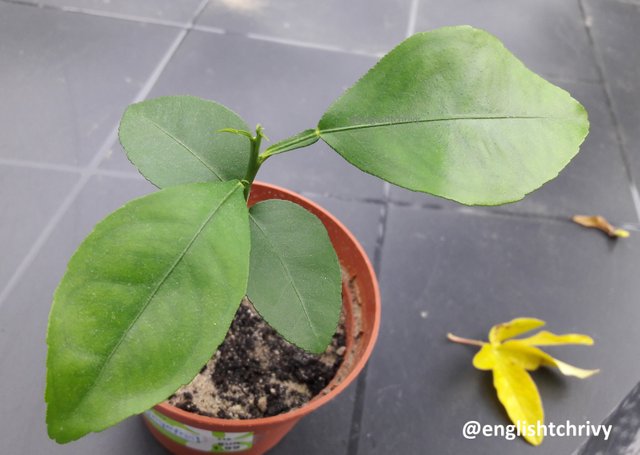
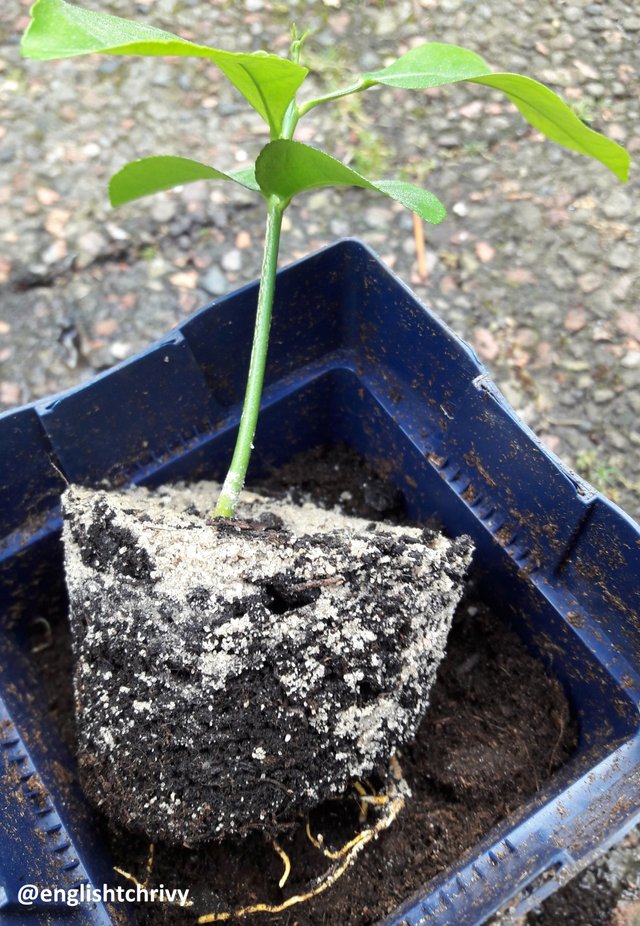
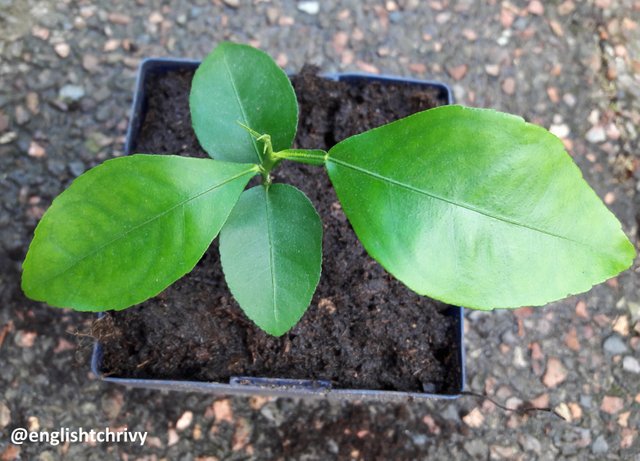
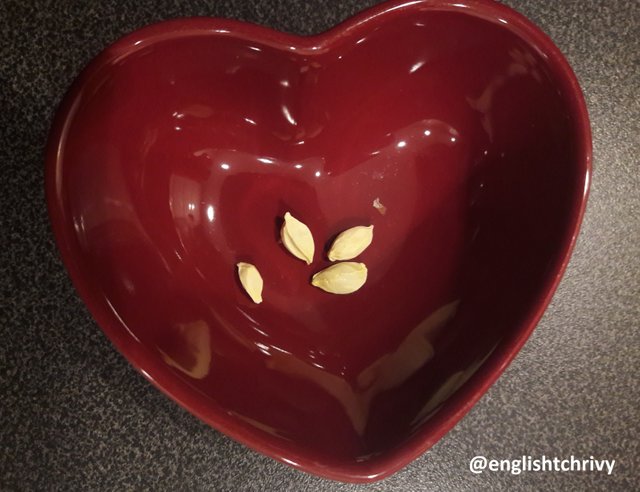
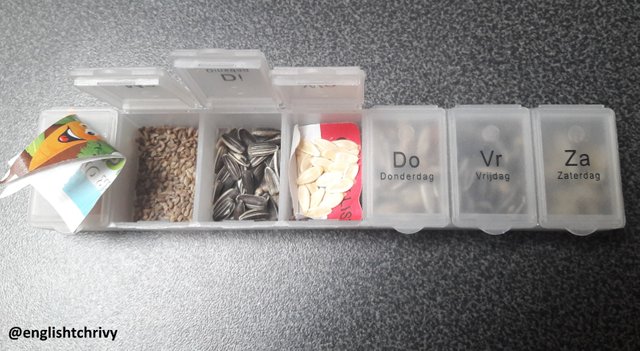
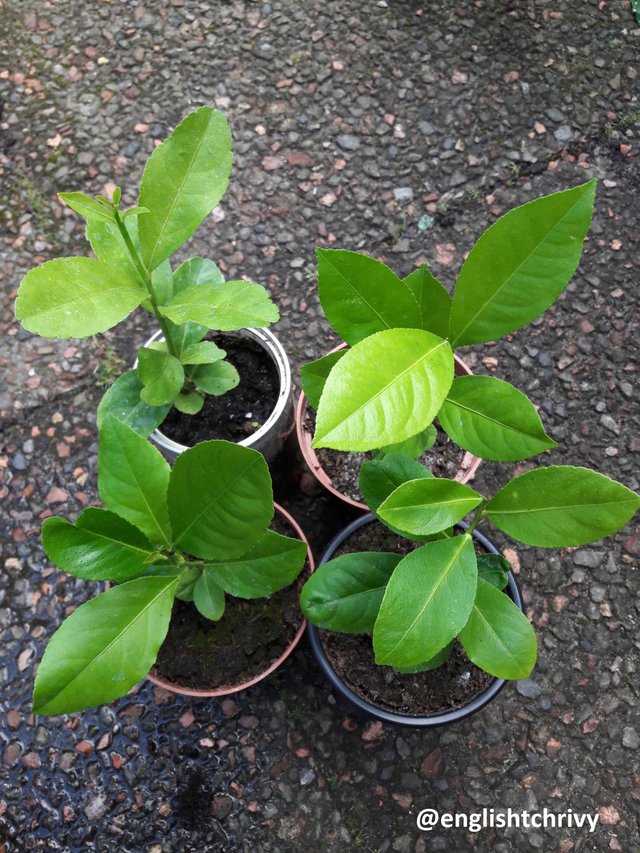
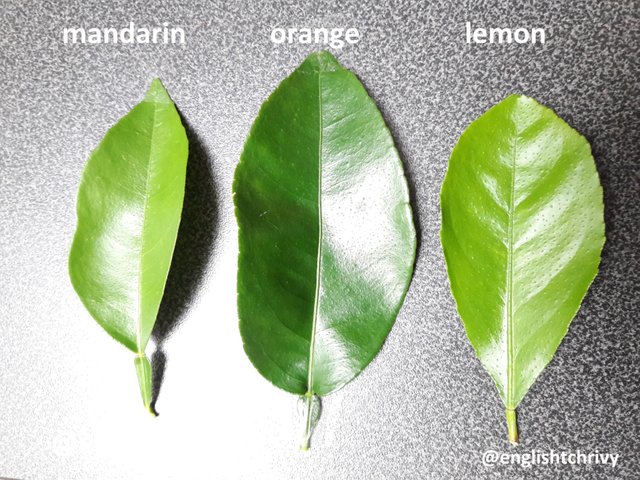
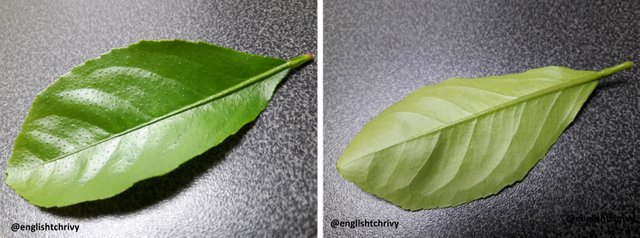

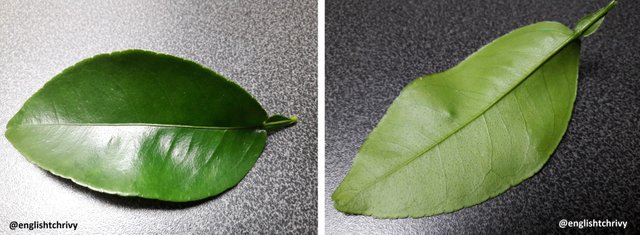
CAN YOU TELL THE DIFFERENCE? Would you dare write down in the comment below?
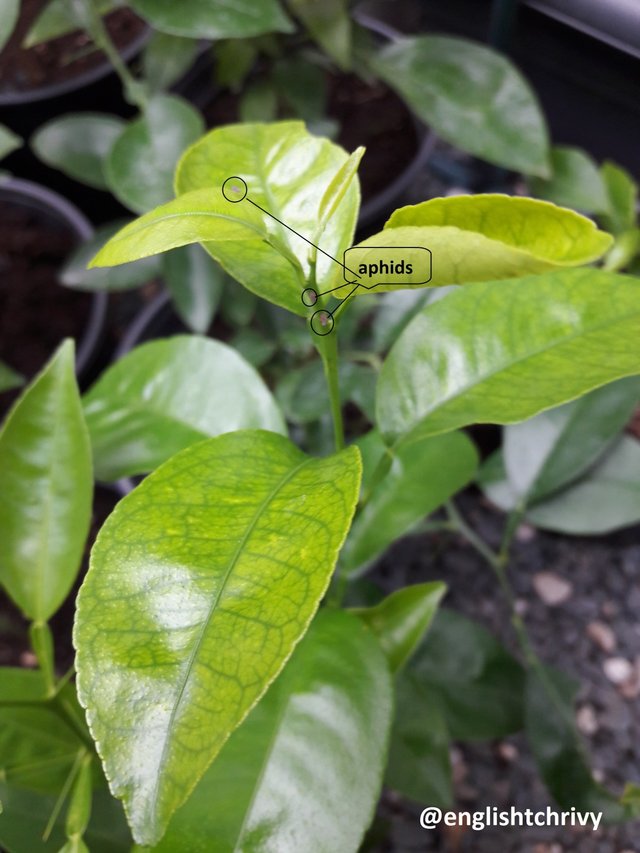
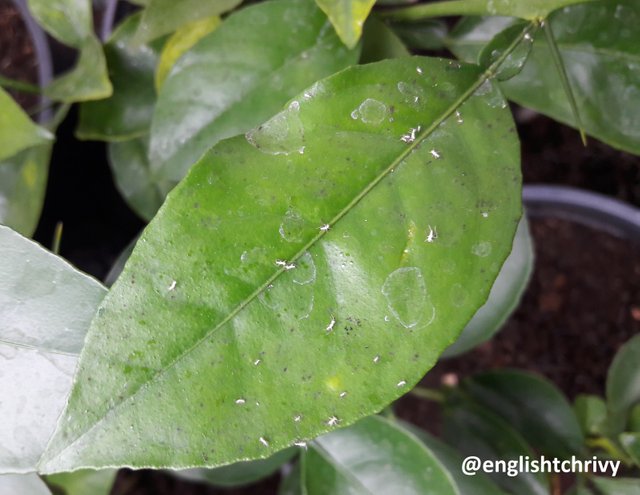
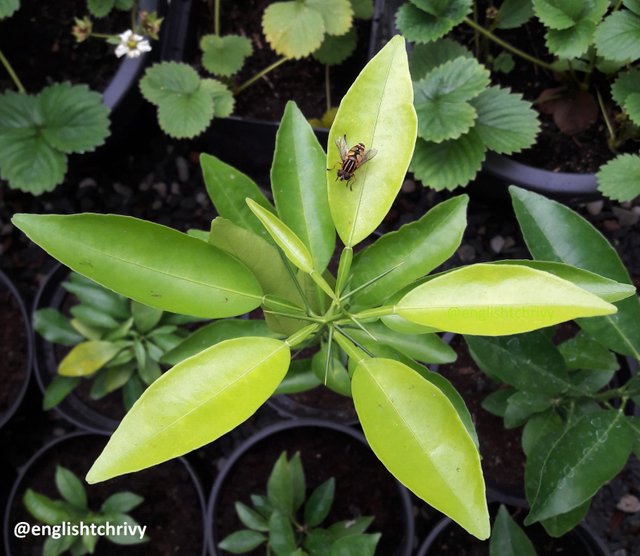
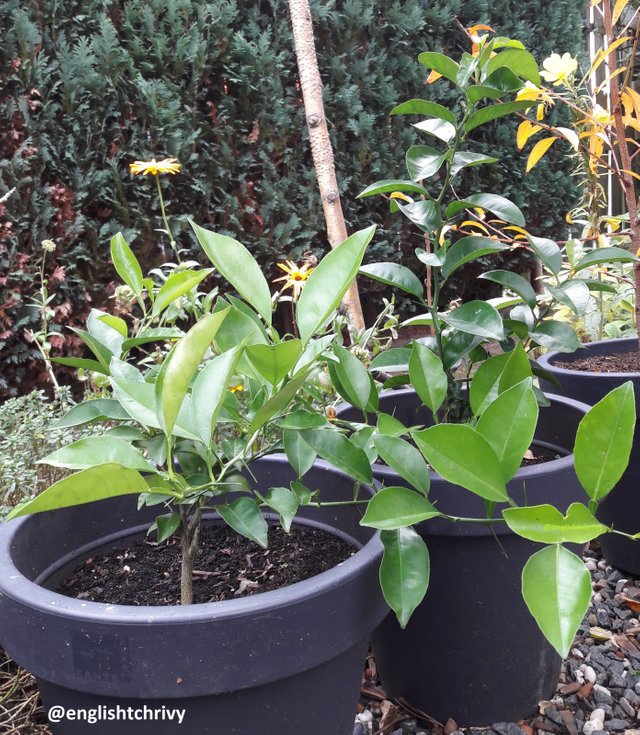
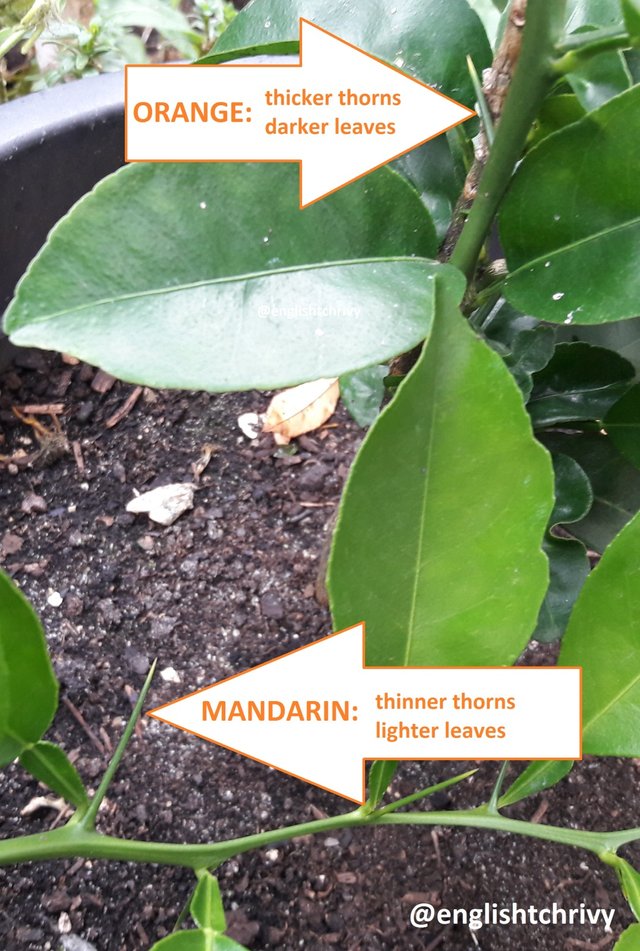
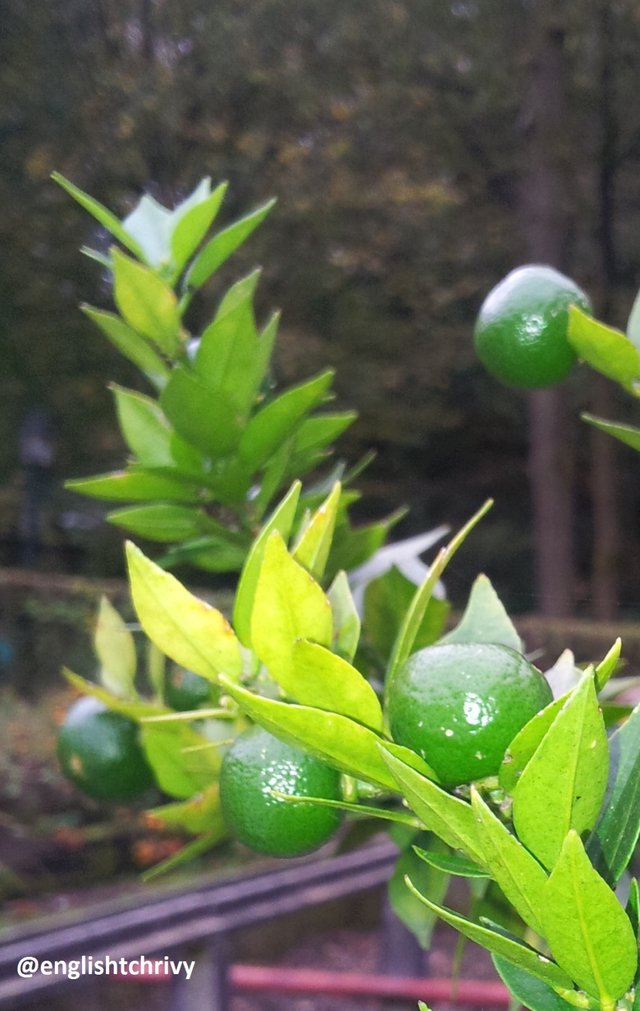
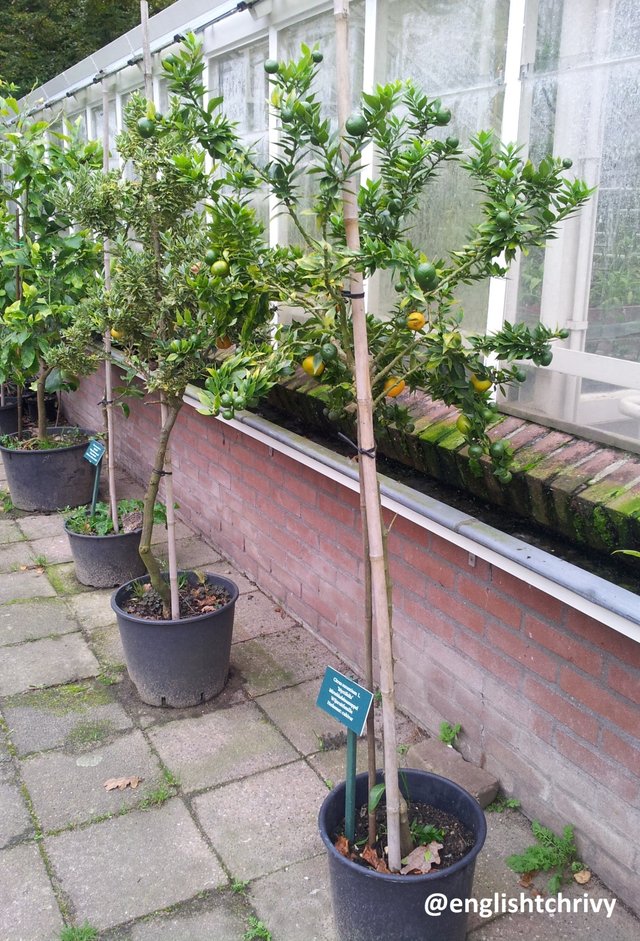
Sweet pepper Coccinellidae larvae
What's the Difference between Tangerines, Clementines, and Mandarins?
How Long Does a Baby Citrus Tree Take to Produce Fruit?
TO ALL 281 STEEMIANS who upvoted the post before this and EVERYONE ELSE who wrote their comments, THANK YOU ALL VERY MUCH!
THAT'S A LOT OF PAT IN THE BACK :) !
FOLLOW ME @
Upvoted by @gardening-trail
Join us in the steemtrail chat channel
Great article! I planted some citrus seeds and forgot if they were lemon or orange. This will help me identify them.
@anca3random thank you that's great to know :)!
Very beautifull post @englishtchrivy!
I love the photos, the plants but something that really got stuck in my head was the image of the seeds arranged in order, I loved that very much!
PS: That is a very beautifull verified button!
@cynetyc, thank you - hahaha yes, the seeds are organized am a bit of an OC hahaha
Thank you for the tip of where to get that verification button!
Keep steemin'!
very nice article. my partner and I both really battle with citrus trees .... so going to give it a try from seed... thanks !!
@themagus thank you and good luck to you both!
Wow, thank you for having written such a documented article - I didn't know it was possible to grow citrusplants in cold places...I'll soon give it a try!
@cryptofarmer good luck - two weeks is all it takes to germinate, germination happens around past 1 am the sand on the pot cracks and an embryo breaks through, I wish I took a video of that part it's such a great thing to watch. If you break through germinating one - please blog about it. Good luck!
I will, thank you!
tus fotos son fantastico! Wow, I learned a lot. One thing, I did not know there was a citrus plant that had thorns. That has to make manual harvesting a real hoot. Again, fantastic photos, great post. I can tell this took a lot of time and effort to put together.
STEEM ON!
@gringalicious Thank you very much - yes, so I couldn't post yesterday.
To everyone who upvoted and commented this post thank you all very much, sorry to have gotten back pretty late.
This post was selected by @gardening-trail for curation and upvotes. You can read our full guidelines here Thank you for being part of the gardening community on Steemit.
@gardening-trail THANK YOU ALL VERY MUCH! Followed!
Nice post! I wish we could grow citrus here in Washington, but apples will have to do. This is very instructional and inspiring story. Thanks
The leaves look similar to the pomelo I planted.
I guess they are also part of the citrus family.
@ace108 yes, it's a citrus plant, you're right the leaves are a bit similar just that in the case of the pomelo leaves they are evenly split while that of the oranges and mandarins have thinner and smaller bottom split.
Thanks for your reply. You know your citrus and pomelo and leaves. Looking forward for see more.